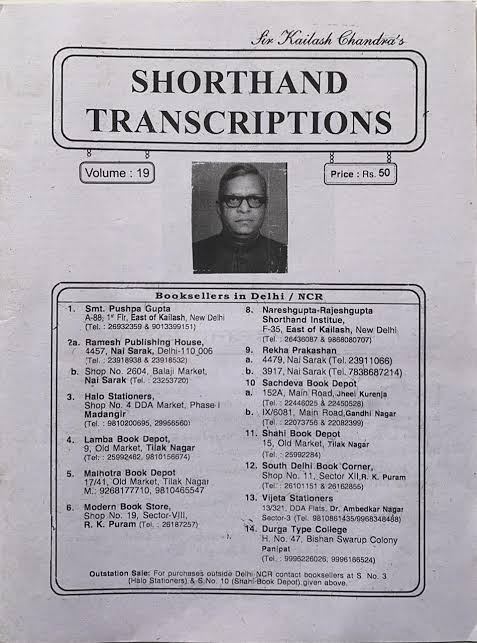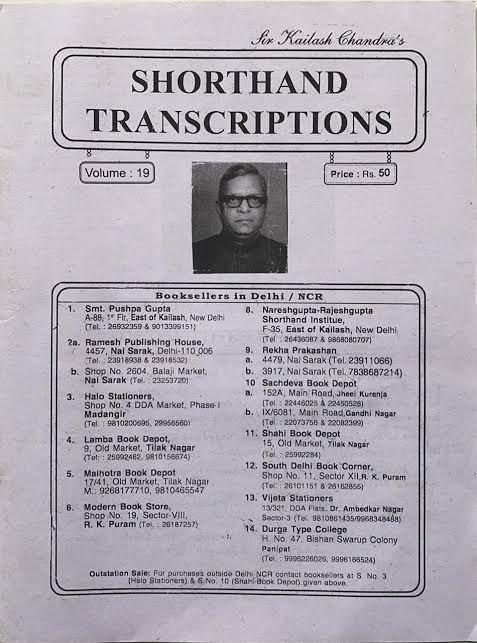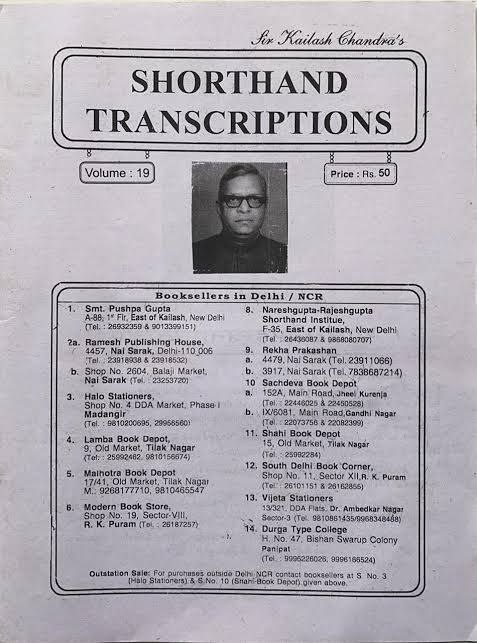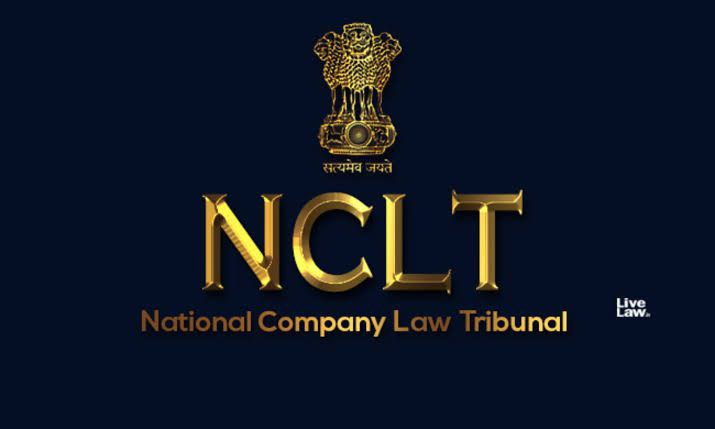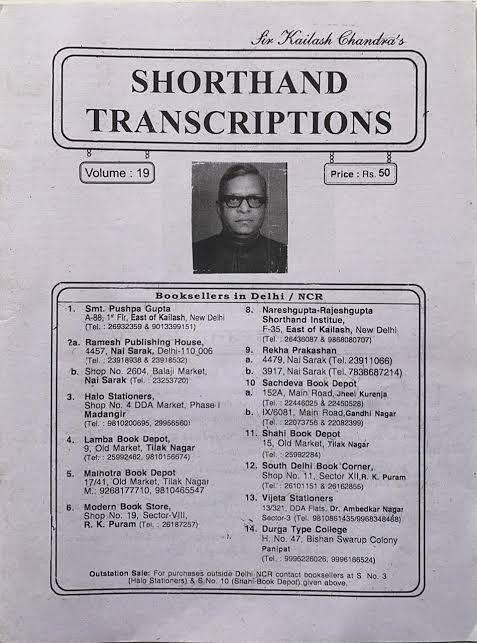Dictation
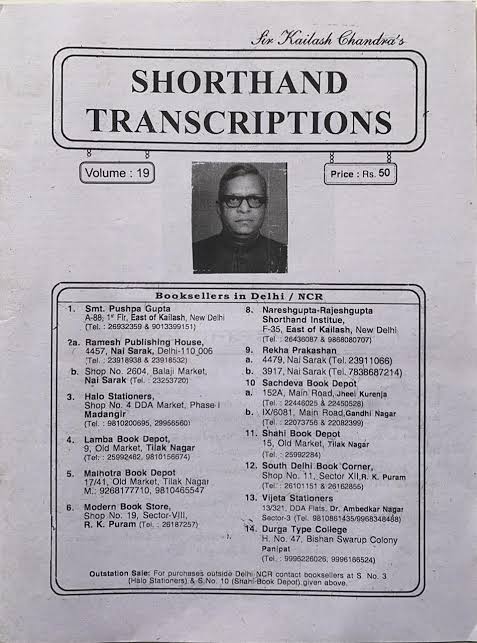
Kailash Chandra Vol. 21
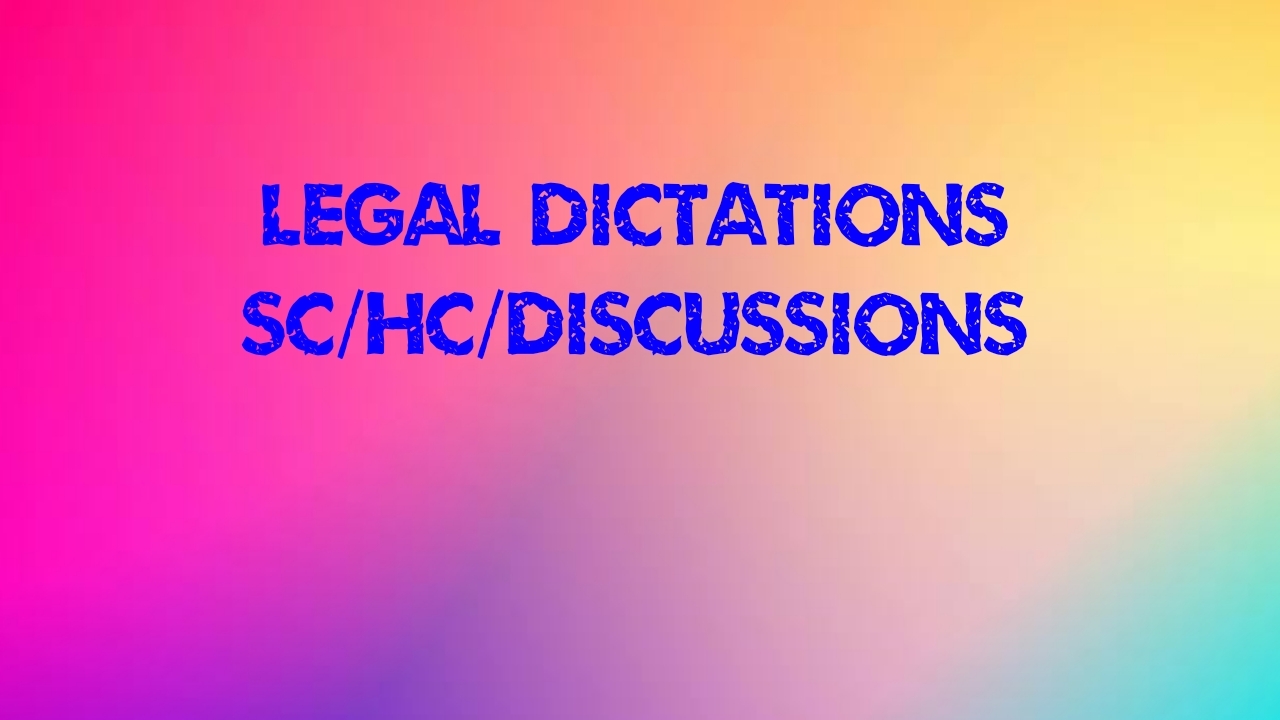
Legal Dictations
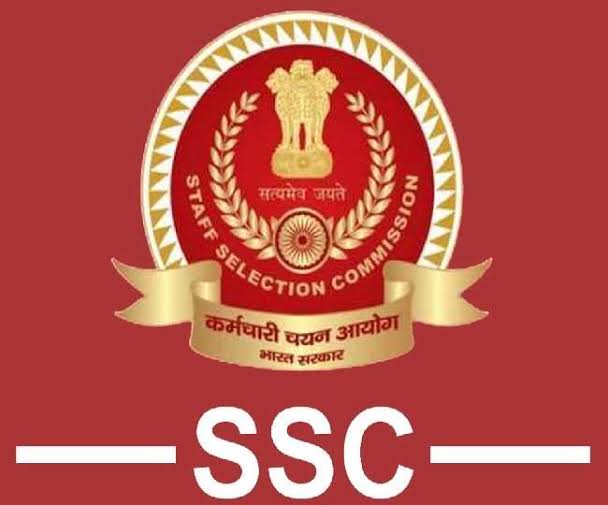
SSC Grade D, C Steno Dictations
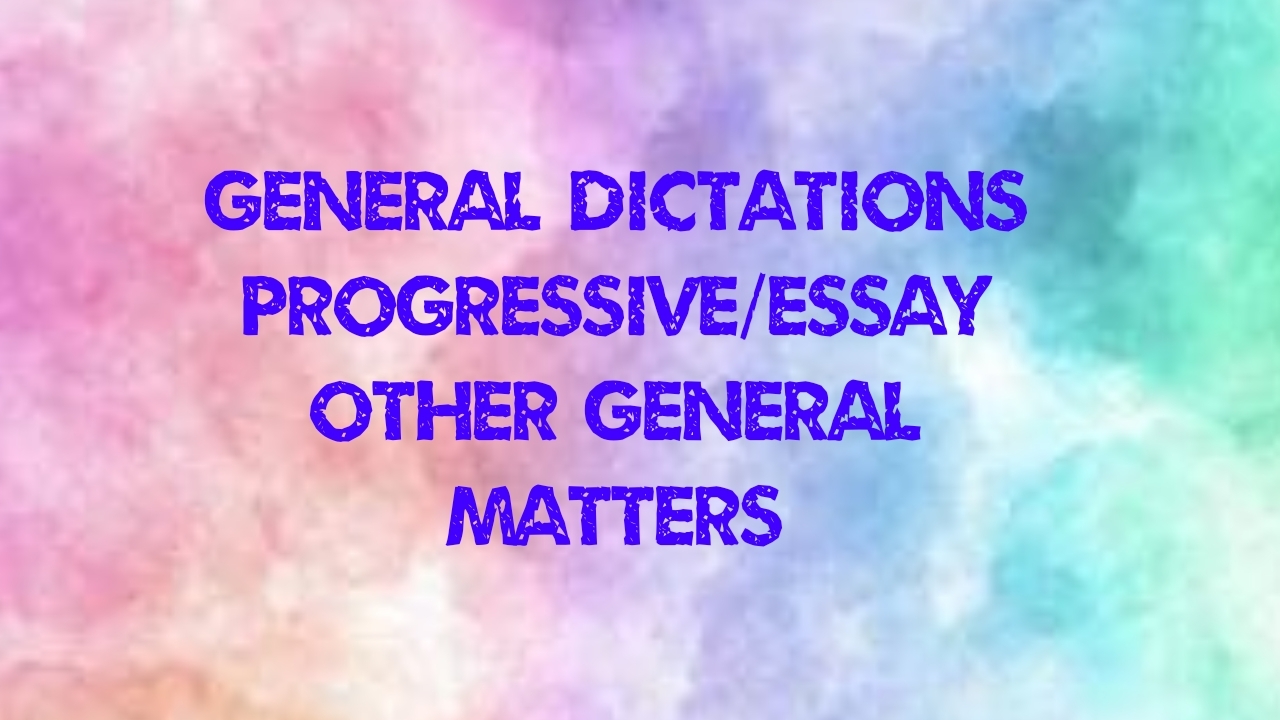
General Dictations
Top Achievers
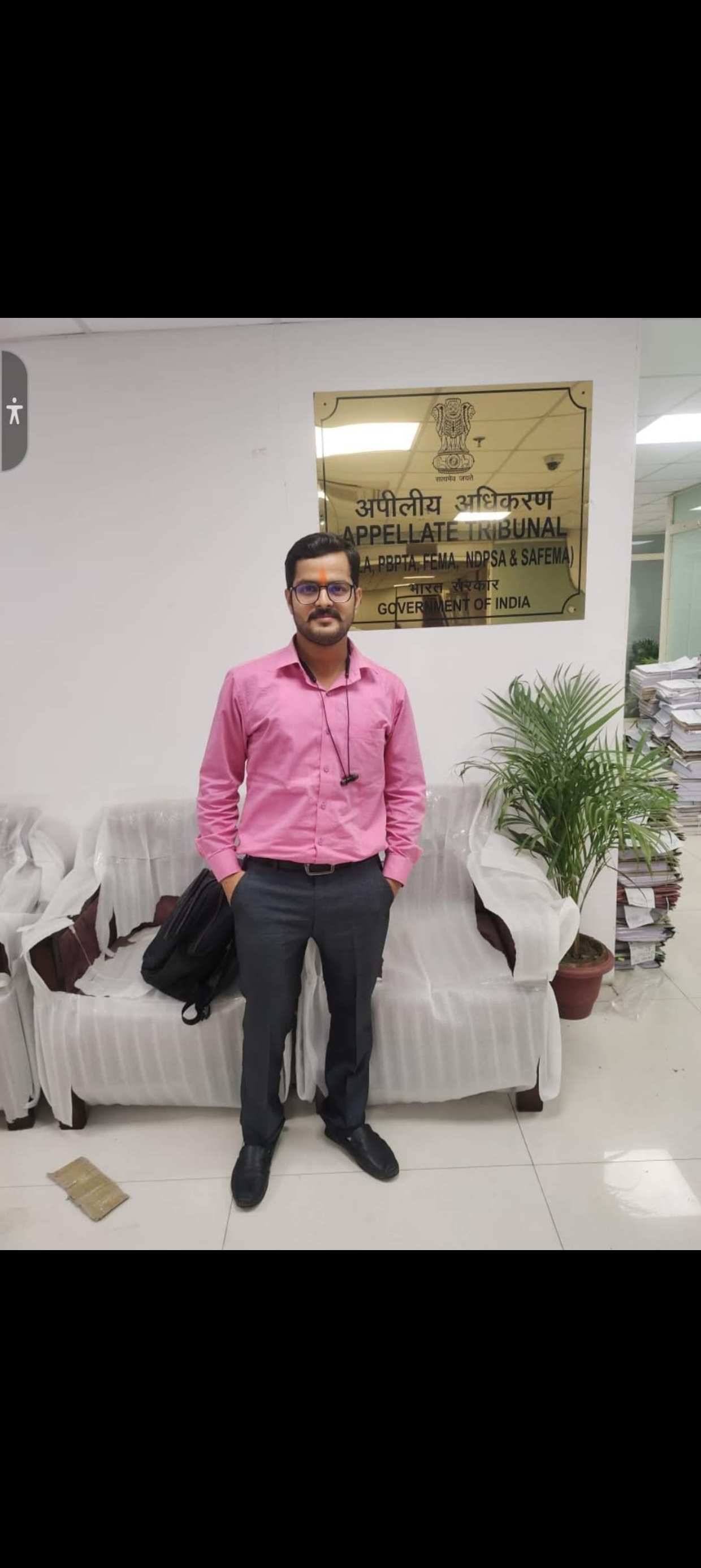
Rank 08
Mr. Abhay Mishra
Personal Secretary

Rank 08
Shivam Rai
Stenographer Gr. D
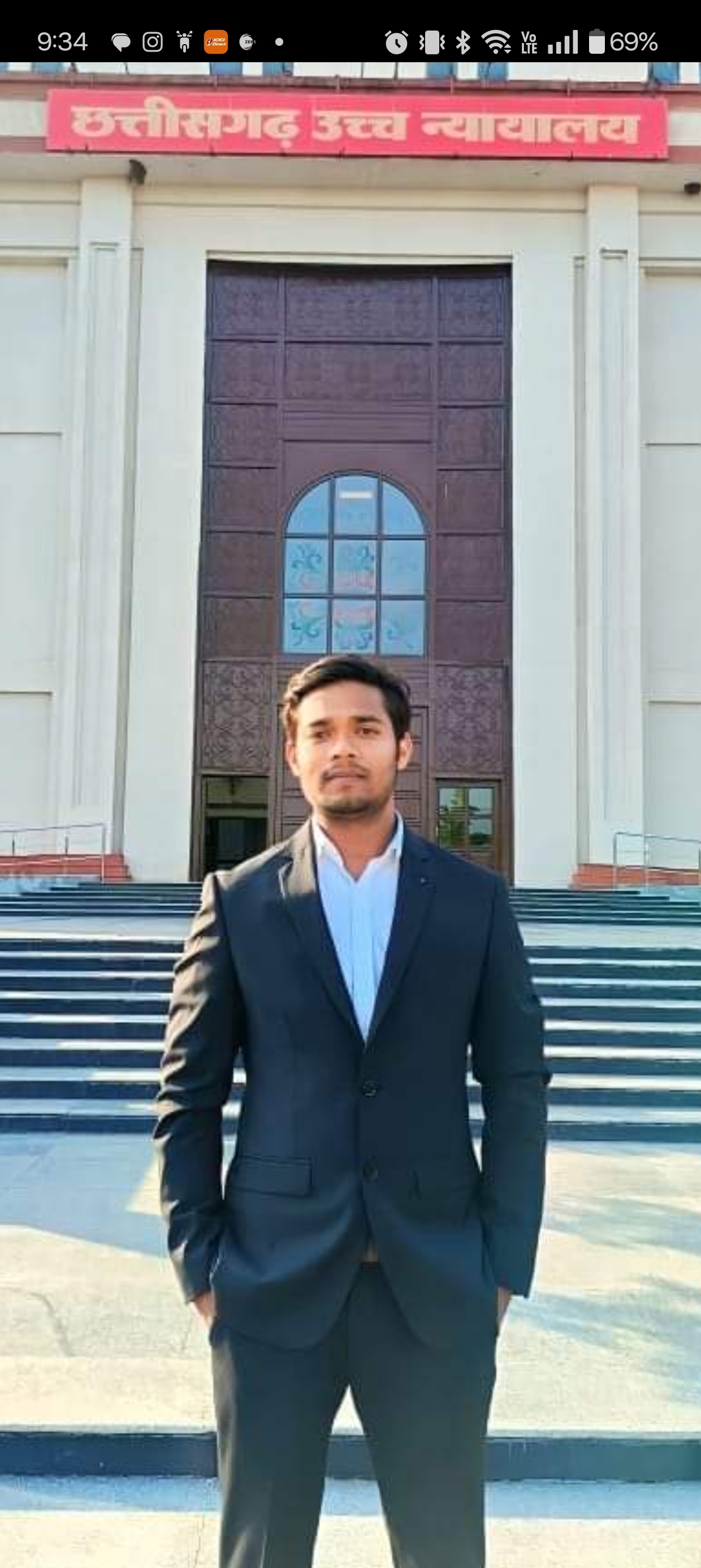
Rank 10
Hifzurrahman Ansari
Personal Assistant

Rank 11
Alok Shrivastava
Personal Assistant

Rank 20
Rama Tiwari
Stenographer Grade-III

Rank Nil
Ashutosh Tripathi
Stenographer

Rank Nil
Ajay Patel
Stenographer
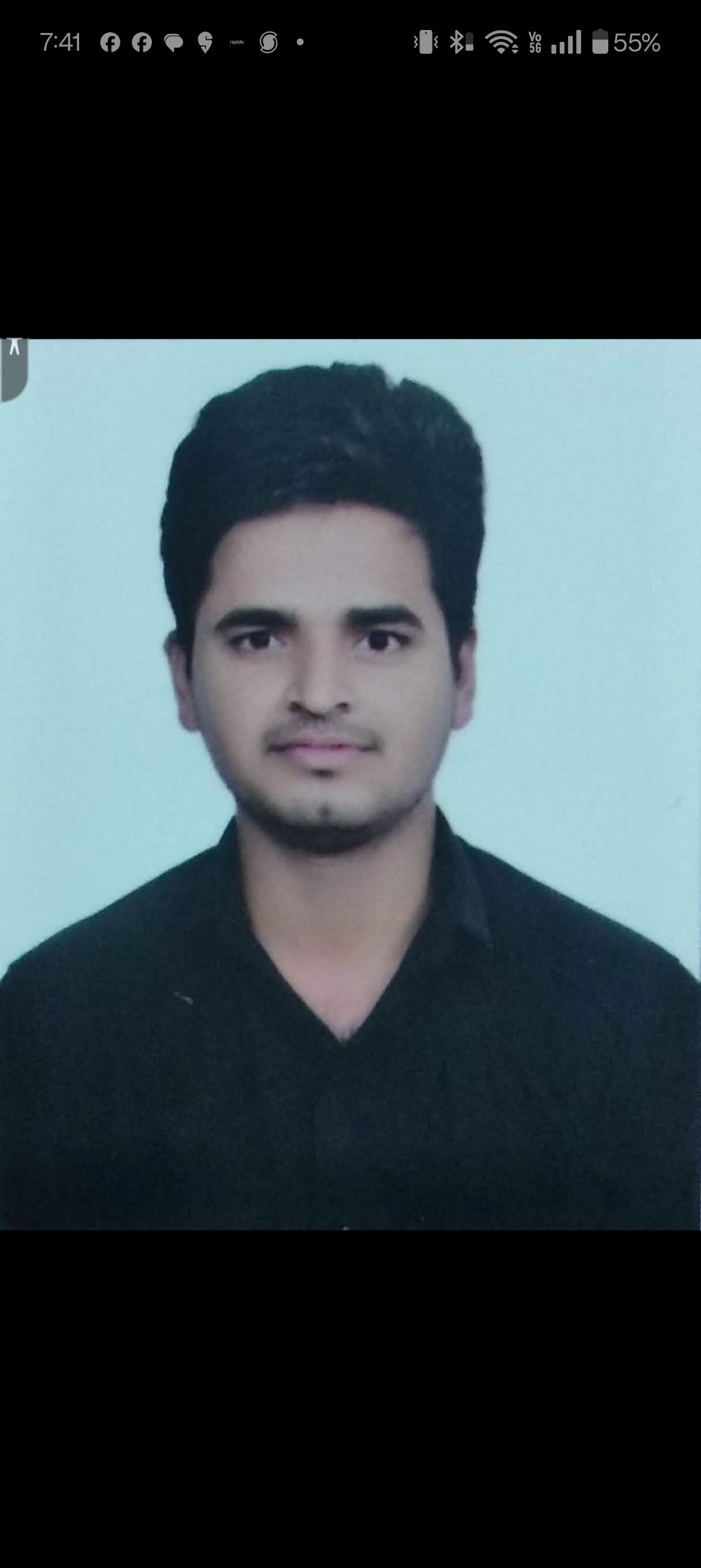
Rank Nil
Mughees Pathan
Stenographer, Gr. D

Rank Nil
Krishna Kant
Additional Private Secretary
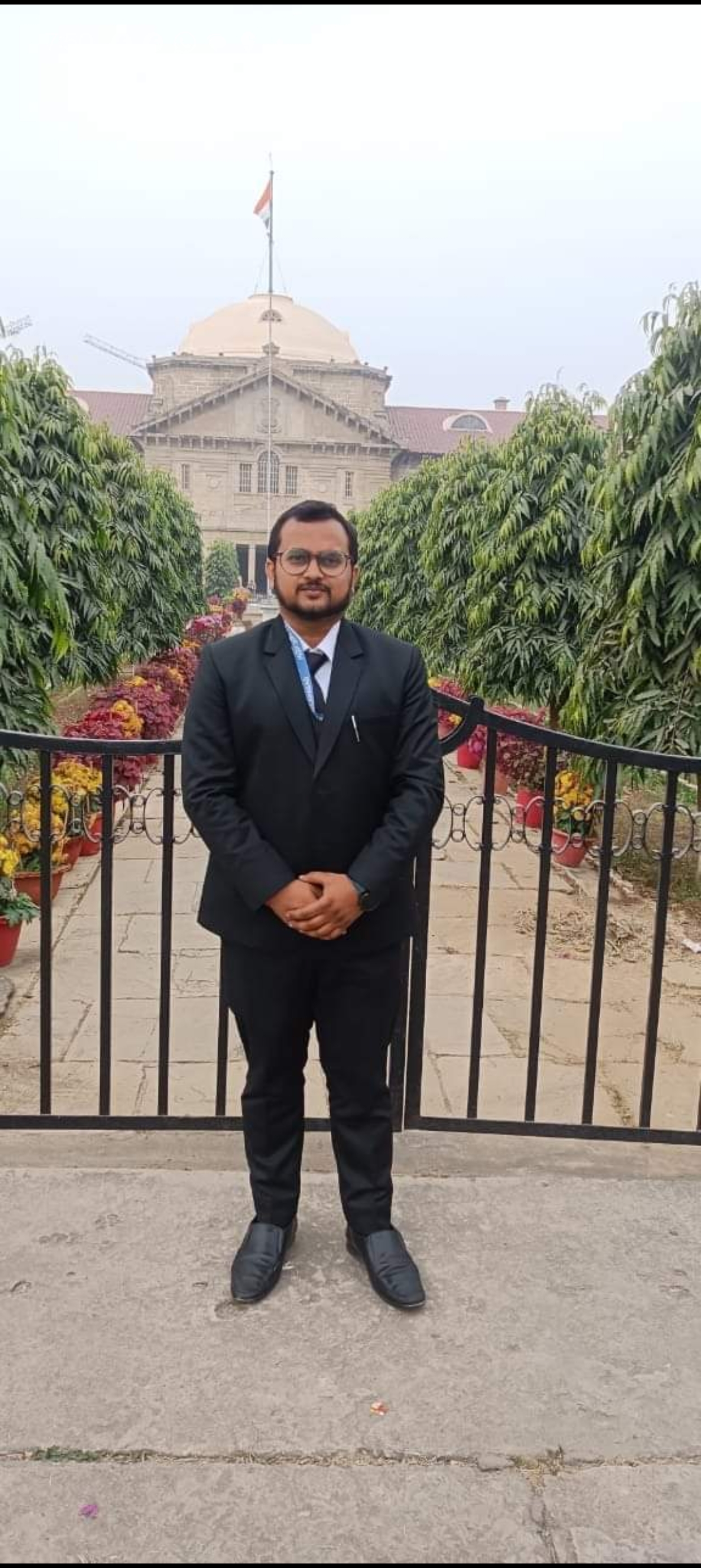
Rank Nil
Mukesh Pal
Additional Private Secretary
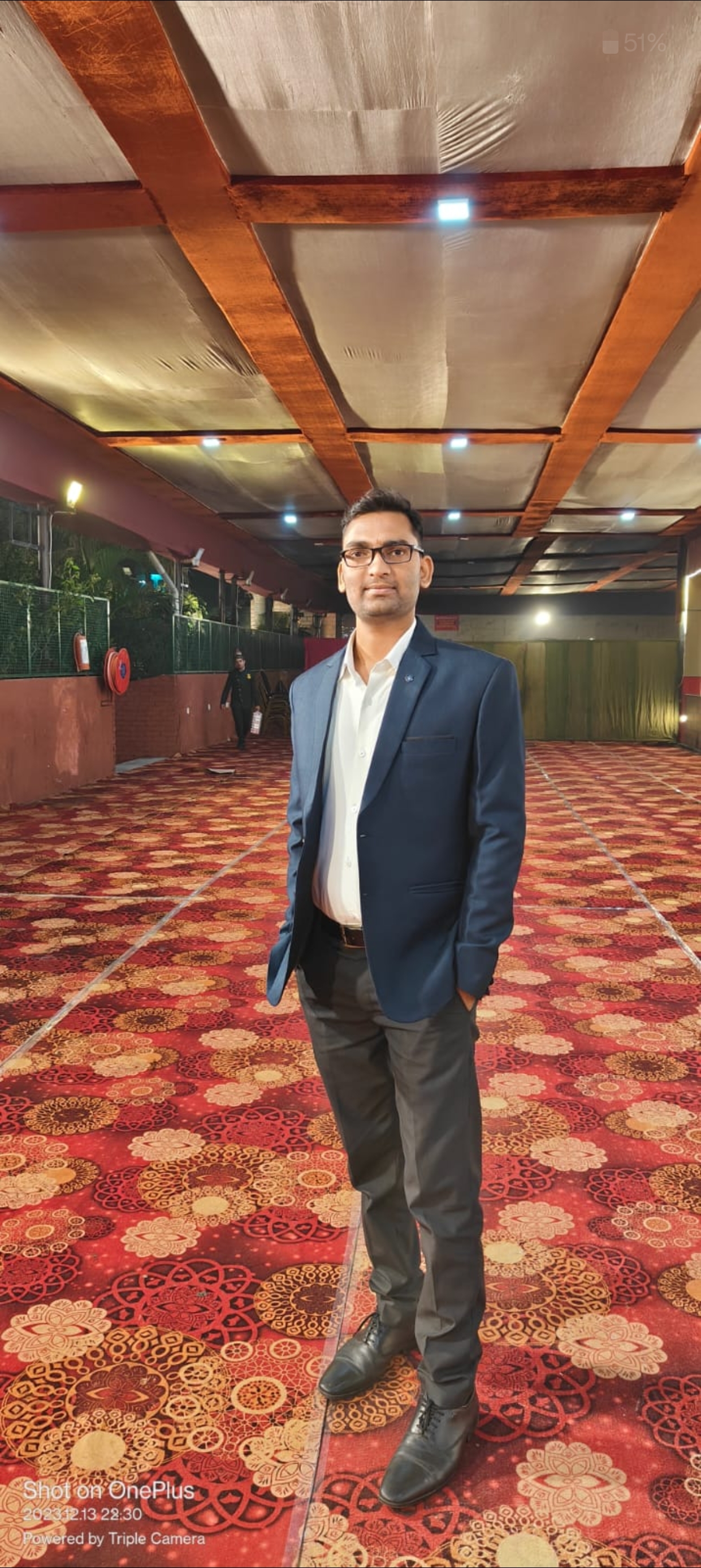
Rank Nil
Rajesh Kumar
Additional Private Secretary

Don't just take our word for it, our results speak for themselves.
We are proud to have partnered with lakhs of students in securing their dream job.

19054+
Total

19054+
Selections in SSC
19054+
Selections in SSC
Why Choose Steno?
Choosing steno, or shorthand writing, can significantly enhance one's note-taking abilities and overall efficiency. The primary advantage of steno is speed; it allows individuals to write much faster than traditional methods, which is especially beneficial in environments like lectures or meetings where information is presented rapidly.
Moreover, using steno encourages active listening, as individuals must focus intently on the speaker to process information quickly. This heightened concentration can lead to better comprehension and retention of the material being discussed. Steno skills are not only useful in everyday situations but are also highly valued in various professional fields, such as court reporting, journalism, and transcription services.
Learn from the Best
Learn from the masters of the subject, in the most engaging yet simplified ways.
Detailed Score Analysis
Get a detailed breakdown of your strengths & weaknesses and discover insights to improve your score.
Live Tests for Real Exam Experience
Feel the thrill of a real exam. Improve your time & pressure management skills.
Learn from the Best
Learn from the masters of the subject, in the most engaging yet simplified ways.
Enroll, Learn, Grow, Repeat!
Get ready to achieve your learning goals with Steno
See what others are achieving through learning

★★★★★

★★★★★
FAQs
Learning stenography can be challenging and requires significant time and practice to build speed and accuracy. Training typically takes 2 to 4 years, depending on the individual and program rigor. Many students attend specialized court reporting schools or certification programs, focusing on theory, machine operation, and speed-building exercises. Certification exams, such as the Registered Professional Reporter (RPR), are often pursued to demonstrate proficiency and professional skill.
Stenographers have various career options, including court reporting, broadcast captioning, CART (Communication Access Realtime Translation) services for the hearing impaired, and transcription for meetings or depositions. Court reporting remains one of the most common career paths, but broadcast and live-event captioning are also high-demand fields due to increasing requirements for accessibility.
Stenography is a shorthand typing method used to record spoken words rapidly. Unlike regular typing, where letters are typed individually, stenography involves pressing combinations of keys simultaneously to form sounds, syllables, or whole words. This approach enables stenographers to achieve very high typing speeds, essential for real-time transcription, especially in fields like court reporting and live captioning.
A steno machine has a specialized keyboard with fewer keys than a regular keyboard, and instead of typing each letter separately, it allows combinations of keys to be pressed at once. These combinations represent phonetic sounds or word parts, which the machine then converts into readable text. The machine records strokes in a shorthand format, which specialized software later translates into full text.
Professional stenographers typically type between 200 and 300 words per minute, sometimes even faster, depending on their skill and experience. This high speed is due to the phonetic nature of stenography, where multiple letters, sounds, or words can be represented by a single keystroke combination. This efficiency is critical in environments where real-time transcription is required.








